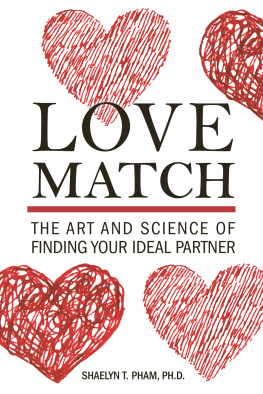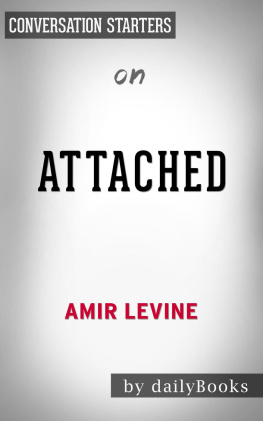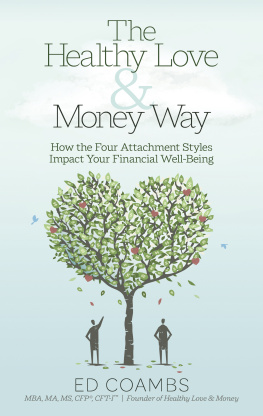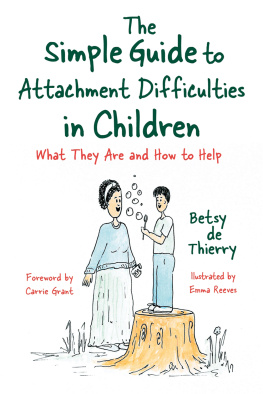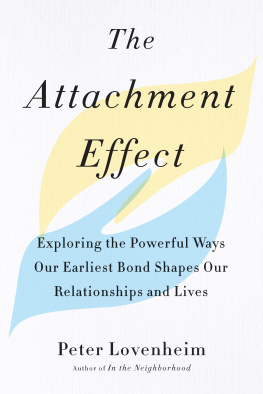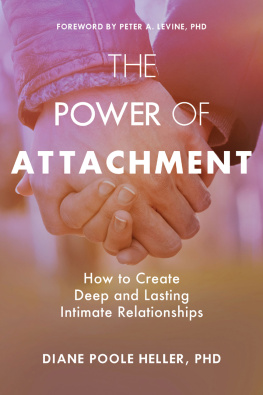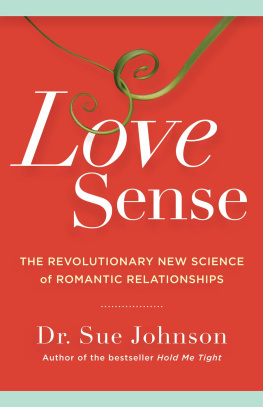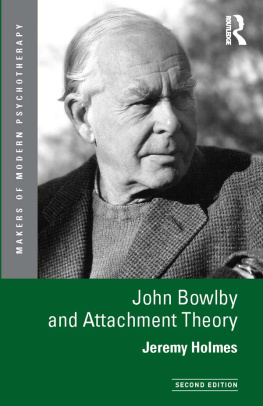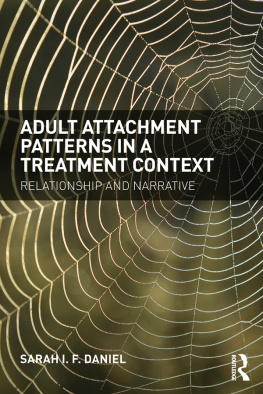Summary of
Attached
The New Science of Adult Attachment and How It Can Help You Find and Keep - Love
Amir Levine

Discussion Prompts By
bestof.me

P lease Note: The book you are about to enjoy is an analytical review meant for educational and entertainment purposes as an unofficial companion. If you have not yet read the original work, please do before purchasing this copy.
Copyright 2018 by bestof.me . All Rights Reserved.
First Published in the U.S.A.
Disclaimer & Terms of Use: No part of this publication may be reproduced or retransmitted, electronic or mechanical, without the written permission of the publisher. The information in this book is meant for educational and entertainment purposes only and the publisher and author make no representations or warranties with respect to the accuracy or completeness of these contents and disclaim all warranties such as warranties of fitness for a particular purpose. Product names, logos, brands, and other trademarks featured or referred to within this publication are the property of their respective trademark holders and are not affiliated with this publication. This is an unofficial summary and analytical review meant for educational and entertainment purposes only and has not been authorized, approved, licensed, or endorsed by the original book's author or publisher and any of their licensees or affiliates.
H ave you ever wanted to improve your understanding of Attached? Or perhaps you are simply struggling to learn the subject matter?
Its a simple teaching technique that helps students learn and readers to grow. With versatile discussion questions for each major criteria regarding Attached, these discussion prompts are designed to help surface crucial discussions that are capable to assist toward thinking and learning on a deeper level.
Discussion prompts have a positive effect on learning. From simple quizzes to critical thinking, participation in discussions can have significantly higher learning when used first. Its a simple technique that goes a long way.
Gain the Help You Need As You:
Analyze with over 60 + prompts
Reflect on how the book has made an impact
Relate to the author and the books message
Question prompts to make the discussion uniquely yours
Tips on Using Discussion Prompts:
Readers and students are recommended to write 100-word responses to the prompts. Written answers could be shared in small group discussions.
Each question can be allotted five minutes to write answers as a way of reviewing notes before shared in small group discussions.
Use the questions as a template to provide peer feedback and think of your own questions to develop during the discussions to spur creative thinking
Whether youre an avid learner set out to reach the best for yourself, or a student struggling to learn the subject matter, these discussion prompts can get you to actively respond as you question, analyze, relate, and reflect.
We hope that our readers will be able to become the best of themselves, in whatever good pursuit, with this edition of bestof.me .
bestof.me
Table of Contents

Chapter One: Introducing Attached
I
n the groundbreaking book Attached, neuroscientist and psychiatrist Amir Levine teams up with psychologist Rachel S.F. Heller to explain the attachment theory and how it can help us in adult romantic relationships. This groundbreaking look at the science of love will help the readers find love and sustain it for the long haul.
Levine and Heller trace the origins and evolutionary influences that continue to shape the modern adult relationships today. Attachment is a prerequisite to a healthier and happier life. Attachment is a strong relationship bond that is developed over a period of time. It makes us feel the need to connect and stay in touch with another person. Attachment is seen in the closeness a mother has with her child. It can also be seen in adult romantic relationships. According to Levine, every human being has a genetic disposition to desire attachment with someone. This carries with it many benefits including a stronger emotional ground and resilience to stress.
According to Attached , there are three ways that a person behaves in relationships. The first one is Anxious. The anxious people are constantly worrying about the ability of their partner to reciprocate the love that they give. The anxious people are very much preoccupied with their romantic relationships. The second distinct way of behavior is Avoidant. The avoidant people associate intimacy to the loss of personal freedom and independence. The avoidant people are constantly trying to minimize close relationships with the people around them. The third and last distinct way of behaving is Secure. The Secure people are most comfortable in relationships. They are not afraid of intimacy and they extend warmth and love to their relationships. This is the ideal balance between the first two ways of behavior. Levine describes a secure person as someone who feels comfortable with sharing his or her personal feelings and is not afraid to be intimate with someone. He is not in a constant struggle to judge his partners ability to reciprocate his feelings. He has the ability to read between the lines and enjoy the companionship that is brought by close relationships. The best predictor of happy relationships is a secure partner. A relationship with two secure partners makes a solid foundation that helps them navigate through problems.
According to Levine and Heller, the best way to guarantee a happy and healthy relationship is effective communication. Not everyone is in the secure attachment type and it doesn't mean that you're not in the category, that you're hopeless. While Levine advises the anxious person to not date an avoidant person, a relationship can work if there is at least one partner in the relationship who is secure. Again, the key is effective communication. Communicating the right things at the right time make any relationship easier, happier and healthier. Effective communication starts with the direct expression of one's feelings, concerns, and needs. This expression should be free from dramatizing or blaming the other person. With effective communication, the person who communicated would feel much better while his partner would be relieved to know whats going on and would not need to guess whats wrong anymore.
Next page



